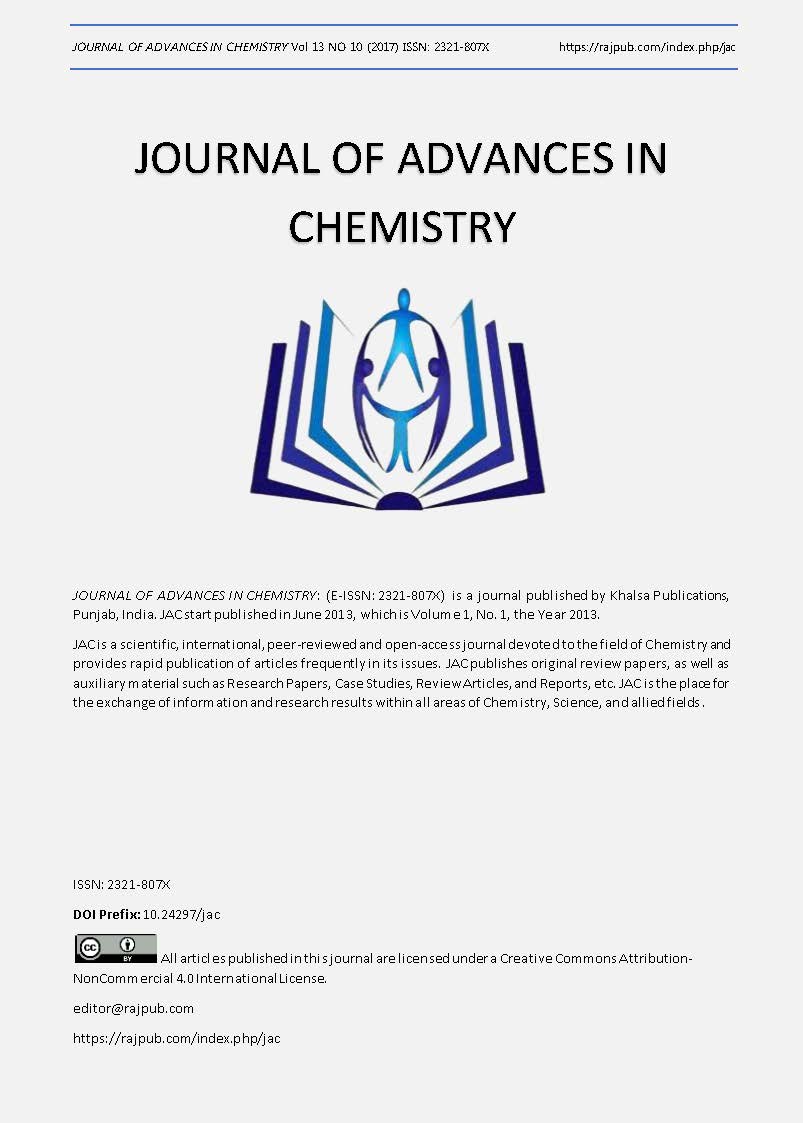Low Error Rate Data Transmission in Cognitive Radio Networks
DOI:
https://doi.org/10.24297/jac.v13i10.5832Keywords:
Cognitive Radio, Space time block codes., Multiple input and Multiple output, Orthogonal Frequency Division Multiplexing, Space time block codesAbstract
Cognitive Radio (CR) has become a hopeful technology to enhance the spectrum utilization through spectrum sharing between licensed user (primary user) and unlicensed user (secondary user). An vital rule mandated for the development of such frameworks are to develop solutions that don’t require any changes to the existing primary user (PU) infrastructure. An Orthogonal Frequency Division Multiplexing (OFDM) is typically worn advancements in present wireless communication systems which has the possibility of fulfilling the demand for cognitive radios intrinsically or with slight changes. In this paper, Space time block codes is used. The various antennas used on both ends for trustworthy data broadcast and interference nulling schemes. These codes can accomplish full broadcast diversification determined via the number of broadcast antennas. The MIMO is worn for enhancing the power of a wireless link, to determine the issue for lower BER and achieve a superior performance.
Downloads
References
2. Lai,I. W., Chen, C. L., Lee, C. H., Chen, K. C., and Biglieri, E. 2014 End-to-end virtual MIMO Transmission in ad hoc cognitive radio networks IEEETransactions Wireless Communication, vol. 13, no. 1, pp. 330–341.
3.Chen, K. C., and Lien, S. 2013 Machine-to-machine communications: Technologies and challengesAd Hoc Network., vol. 18, pp. 3–23.
4. MATLAB link: https://in.mathworks.com/
5. Bhattacharya, P. P.,Khandelwal, R., Gera, R., and Agarwal, A.2011 Smart Radio Spectrum Management for Cognitive Radioâ€, International Journal of Distributed and Parallel Systems (IJDPS), Vol.2, No.4, pp.12-24
6. Das, P.,Chatterjee, S., and Ghosh, G. 2014 “Cognitive Radio And Dynamic Spectrum Access – A Studyâ€, International Journal of Next-Generation Networks (IJNGN), Vol.6, No.1,
7.Rekha,P.R.,and Varghese, J. 2016 A Study on Space Time Block Code and Space Frequency Block Code with MIMO-OFDM in wireless communication systems International Journal of Innovative research in computer and communication Engineering, Vol. 4, pp. 13305-13310.
8.Haykin, S.2005 Cognitive Radio: Brain-empowered Wireless Communications IEEE Journal on Selected Areas in Communication., Vol. 23, No. 2, pp. 201-220.
9.Raghuwanshi, S. and Barde, C. 2013 A Survey of Cognitive Radio Network Techniques and ArchitectureInternational Journal of Innovative Research in Engineering & Multidisciplinary Physica l Sciences (IJIRMPS), Vol. 1, Issue 1, pp. 20-24, October 2013.
10. Rappaport,T. S. 2002Wireless Communications: Principles and Practice, Pearson Education, Inc., Prentice Hall, 2nd Edition, 2002.
11. Tarokh, V.,Jafarkhani, H., and Calderbank, A. R. 1999 Space–Time Block Codes from Orthogonal Designs IEEE Transactions on Information Theory, Vol. 45, No. 5.
Downloads
Published
How to Cite
Issue
Section
License
 All articles published in Journal of Advances in Linguistics are licensed under a Creative Commons Attribution 4.0 International License.
All articles published in Journal of Advances in Linguistics are licensed under a Creative Commons Attribution 4.0 International License.




